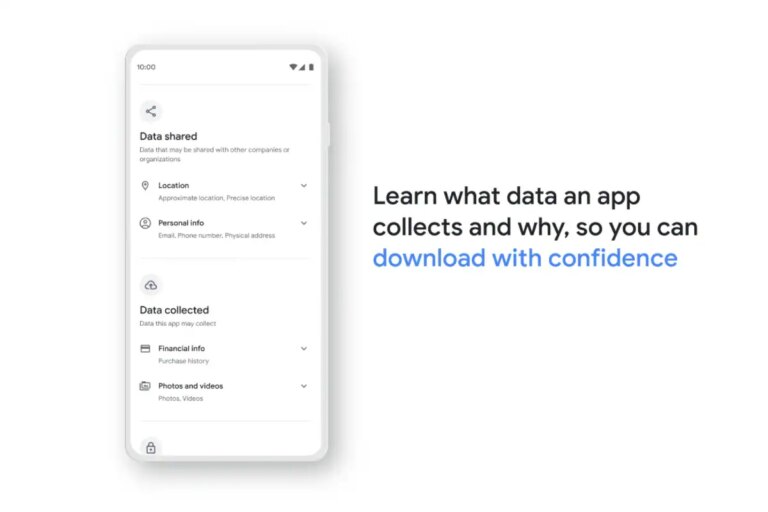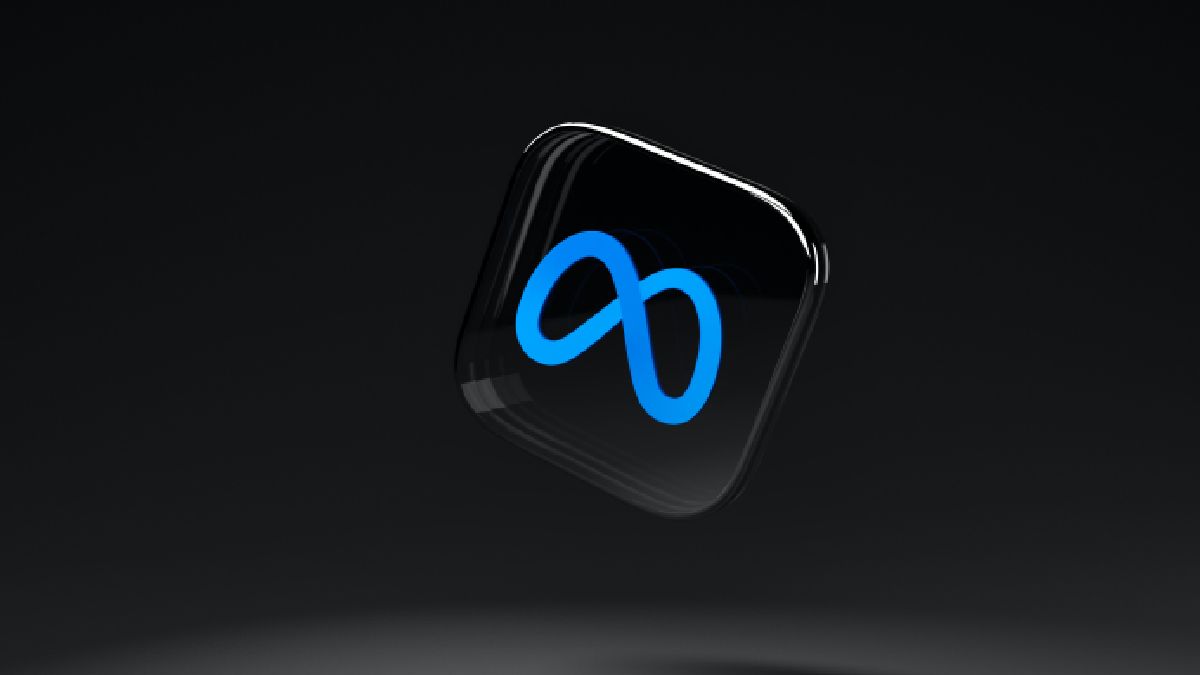iPhone 16e Introduces Apple’s Proprietary C1 5G Cellular Modem With Improved Efficiency
#news #newstoday #tech #technews #latestnews #techupdates #newsupdates
After months of anticipation, Apple debuted the successor to the iPhone SE (2022) dubbed the iPhone 16e on Wednesday. The phone comes with several firsts in the company’s affordable iPhone lineup, including an OLED display, a notch design with Face ID, and support for Apple Intelligence. However, a key addition which surprisingly only got a few lines of mention in the official press release and thus, might have been overlooked by many, is Apple’s new proprietary C1 modem which powers the cellular connectivity on the iPhone 16e.
Apple C1 Chip
The C1 chip is the culmination of Apple spending billions of dollars over many years in a bid to reduce its reliance on Qualcomm for sourcing 5G modems. While it was expected to be launched a few years ago following the company’s acquisition of Intel’s modem business in 2019, the development has time and again been delayed due to various factors. This resulted in the iPhone maker extending its deal with Qualcomm last year to outsource the 5G modems for the iPhone till 2026.
Apple claims the new C1 modem is the first in its category to be designed by the company in-house and is the “most power-efficient modem ever” on an iPhone whilst maintaining fast and reliable 5G cellular connectivity. The improved efficiency of the modem, coupled with the iPhone 16e’s internal design and iOS 18’s advanced power management, is said to result in “extraordinary” battery life on the new iPhone; up to 26 hours of video playback, according to Apple.
In comparison, the base iPhone 16 is claimed to deliver up to 22 hours of video playback on a single charge.
However, the iPhone 16e is not without its caveats. A look at the technical specifications of the phone reveals that it lacks support for mmWave — the extremely high frequency (EHF) band. This claim was first made by Bloomberg’s Mark Gurman a few days ago and Apple’s launch confirms it. Thus, its absence may result in slower download and upload speeds, at least on paper.
Check out our Latest News and Follow us at Facebook
Original Source







